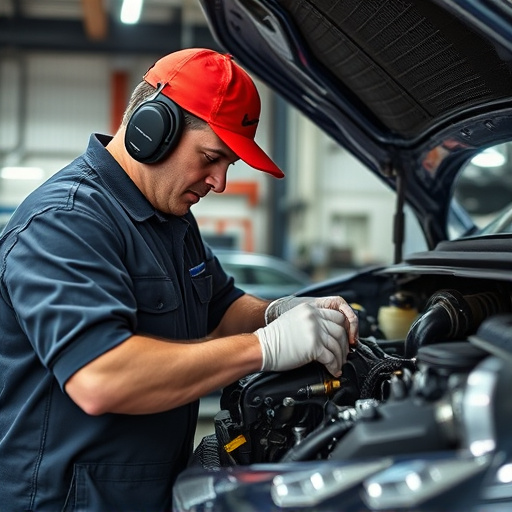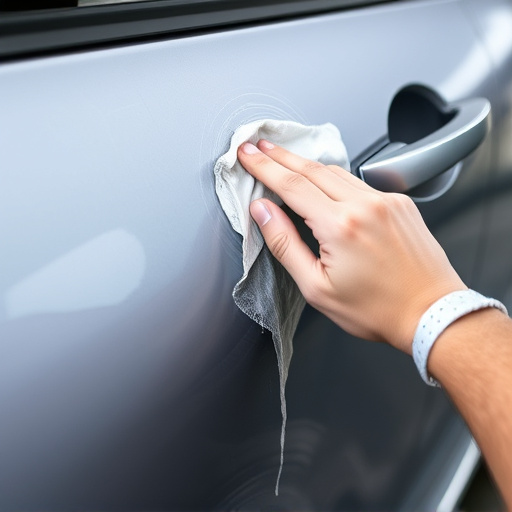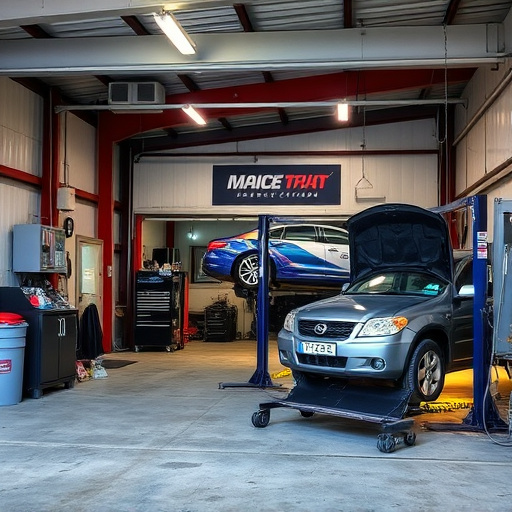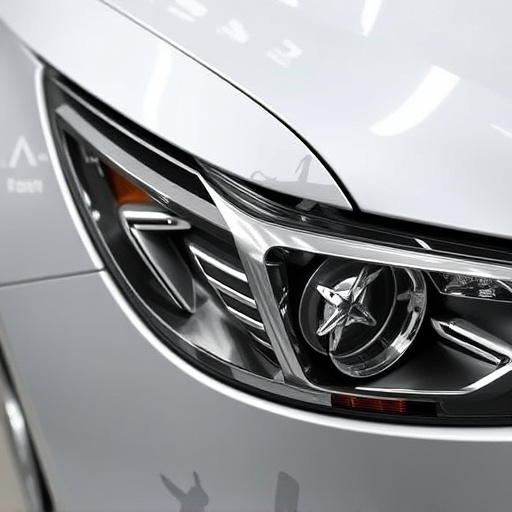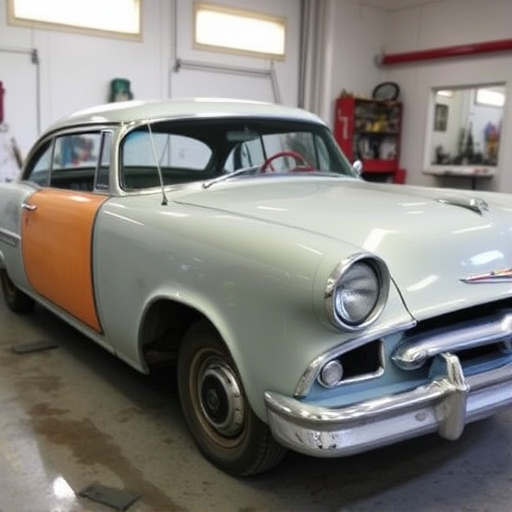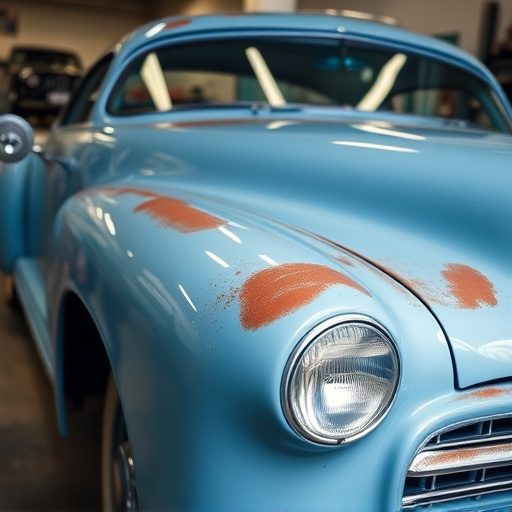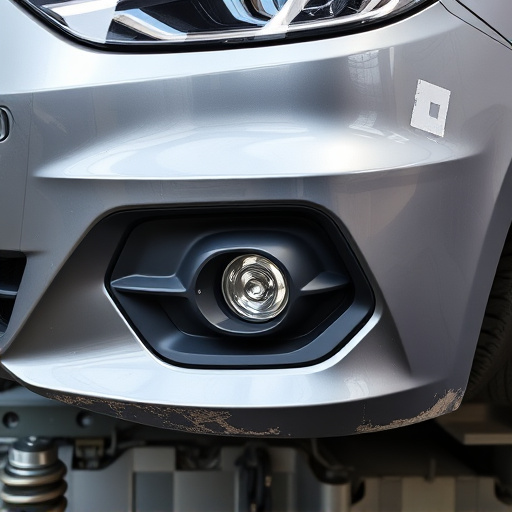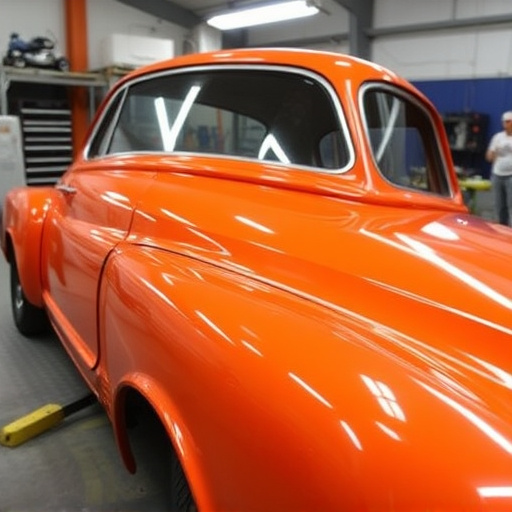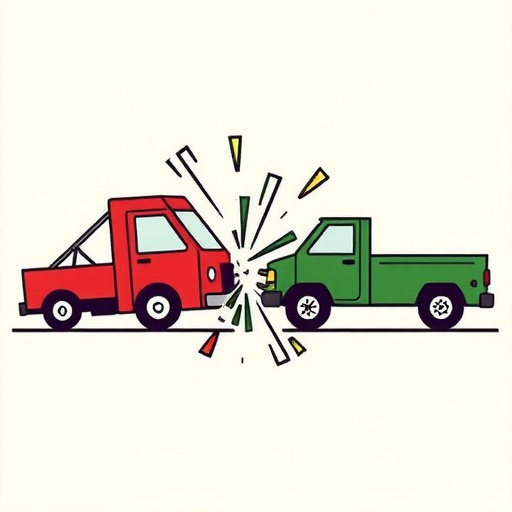Understanding the distinction between minor and major cosmetic damage is vital before scheduling auto body cosmetic repair. Minor issues like small dents, scratches, or chips can often be fixed with simple painting or detailing techniques. Major damage, characterized by large dents, crumpled panels, or severe paint peeling, requires professional intervention from a specialized body shop for tasks such as metal welding, panel replacement, and precise paint matching to ensure both structural integrity and aesthetic restoration. Early intervention for minor damages within a few days or weeks of the incident prevents rust and complicating factors, while delayed repairs increase complexity, cost, and impact vehicle resale value.
“Ever wondered when it’s time to take that leap and schedule auto body cosmetic repair? This comprehensive guide navigates the intricate balance between minor and major damage, offering insights into what to consider before repairing your vehicle. From understanding the optimal timing for repairs to emphasizing the significance of ‘timing is key,’ this article delves into strategies to ensure your auto body cosmetic repair process is seamless and cost-effective. Discover how to transform post-damage challenges into opportunities for revitalized aesthetics.”
- Assessing Minor vs. Major Damage
- Considerations Before Scheduling Repair
- Timing is Key: Finding the Optimal Repair Period
Assessing Minor vs. Major Damage
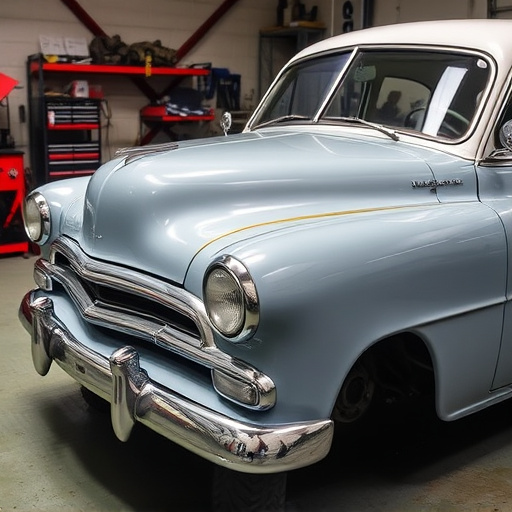
When assessing damage to your vehicle, understanding the distinction between minor and major cosmetic issues is key before scheduling auto body cosmetic repair. Minor damage typically includes small dents, scratches, or chips in the paint, often caused by parking lot dings or minor fender benders. These can usually be addressed with simple techniques like painting or detailing, which can restore your vehicle’s appearance without significant downtime. On the other hand, major damage involves more extensive issues such as large dents, crumpled panels, or severe paint peeling, often resulting from more serious accidents.
Such comprehensive repairs require the expertise of a professional vehicle body shop, specializing in auto bodywork. They have the tools and training to handle complex tasks like metal welding, panel replacement, and intricate paint matching to ensure your vehicle not only looks good as new but also maintains its structural integrity. Recognizing the difference between these two types of damage will help you decide when it’s time to bring your vehicle into a reputable auto body shop for the necessary cosmetic repairs.
Considerations Before Scheduling Repair
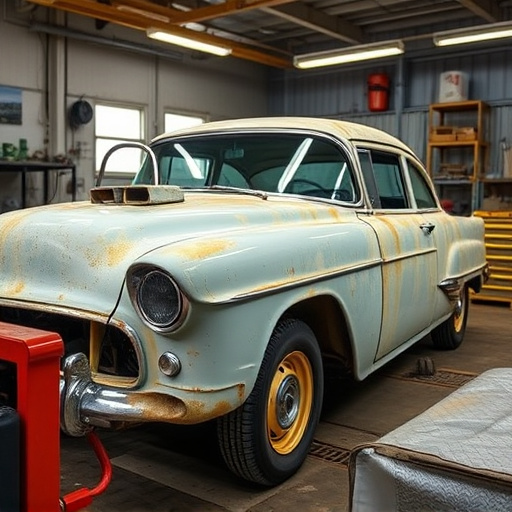
Before scheduling auto body cosmetic repair, there are several key considerations to keep in mind. First and foremost, assess the extent of the damage. Minor dents, scratches, or paint chips can often be addressed with less invasive and more cost-effective methods, such as dent removal or touch-up painting. For more severe impacts, including substantial crumple zones or structural damage, a comprehensive auto body cosmetic repair might be necessary to ensure safety and restore your vehicle’s aesthetic appeal.
Additionally, factor in the availability of parts and the skill level required for the specific repairs. Some car models may have unique or specialized components that can extend timelines and increase costs. Similarly, complex jobs like frame straightening demand experienced technicians to guarantee precision and long-lasting results. Considering these aspects will help you make an informed decision on when and how to proceed with auto body cosmetic repair after damage occurs.
Timing is Key: Finding the Optimal Repair Period
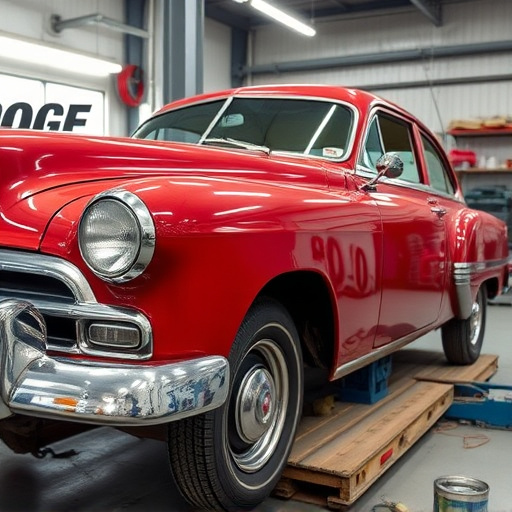
Timing is everything when it comes to auto body cosmetic repairs. The optimal window for fixing minor damages like dents, scratches, and paint chips is typically within a few days or weeks after the incident. This period allows the car’s surface to be evaluated accurately, ensuring any underlying issues are addressed. Delays can lead to more significant problems, as rust and other complications may develop over time, making repairs more complex and costly.
For instance, consider a Mercedes-Benz owner who experiences a minor fender bender. The collision center should ideally assess and commence repairs soon after the incident. This swift action not only preserves the car’s aesthetic appeal but also maintains its resale value. In contrast, postponing cosmetic repairs might result in a more extensive and expensive process, affecting both the vehicle’s appearance and financial value.
In conclusion, scheduling auto body cosmetic repair after damage requires a careful balance between assessing the extent of harm and optimizing repair periods. By considering both minor and major damage, along with timing, you can ensure that your vehicle not only looks its best but also benefits from the most effective repairs. Prioritizing this process is key to maintaining your vehicle’s aesthetic value and performance for years to come.
